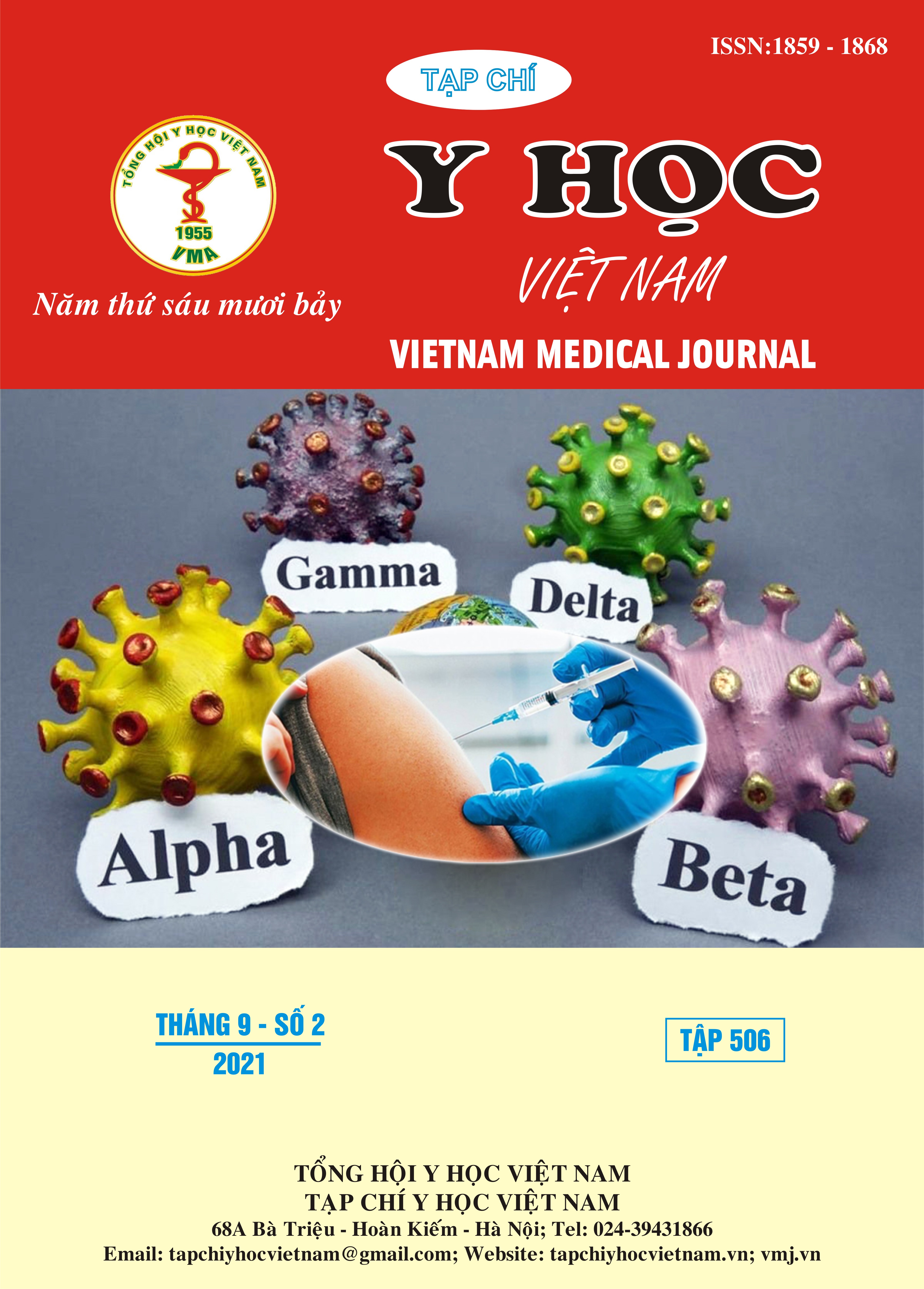CLINICAL FEATURES AND MAGNETIC RESONANCE DEFECOGRAPHY IN PATIENTS WITH ANISMUS
Main Article Content
Abstract
Objective: We describeclinical andcharacteristics dynamic MR defecography in patients with anismus. Methods: Describing cross-study from 07/2020 to 07/2021. Rearch object: The patient has been clinically diagnosed as constipation becauseanismus, who were indicate magnetic resonance defecographyat Ha Noi Medical University Hospital. Results: This study included 16 females and 14 males; the mean age is 46,4± 16,8 years old. Straining more than one – fourth (25%) of during defecations is the most comon symptom (96,67%). The prevalence of lumpy or hard stools and manual maneuvers to facilitate is 93,33% and 86,67% with the average Rome IV score for diagnosing constipation is 4,17 ± 1,085. There were significant differences in measurements of length (H) and thickness of the puborectalis muscle, anorectal angle (ARA), pelvic floor descent (M), and anal canal opening cross the phases rest, valsava, and defecation and prolonged defecation time were consistent with the features of anismus pathology. Conclusion: constipation becauseanismushas typical sex, age, and MRI features.
Article Details
Keywords
MR defecography, constipation, Anismus, Rome IV
References
2. Steele S R, Mellgren A (2007). "Constipation and obstructed defecation". Clin Colon Rectal Surg, 20 (2), 110-117.
3. Thức N X, Tâm B T T, Phong; L B H (2018). "Đặc điểm hình ảnh cộng hưởng từ động học tống phân ở nhóm bệnh nhân nữ rối loạn chức năng sàn chậu trên 60 tuổi". Điện Quang Việt Nam, 31 (7), 79 - 84.
4. Piloni V, Bergamasco M, Melara G, et al (2018). "The clinical value of magnetic resonance defecography in males with obstructed defecation syndrome". Tech Coloproctol, 22 (3), 179-190.
5. Halligan S, Malouf A, Bartram; C I (2001). "Predictive Value of Impaired Evacuation at Proctography inDiagnosing Anismus". AJR, 177 633 - 636.
6. Chu W C, Tam Y H, Lam W W, et al (2007). "Dynamic MR assessment of the anorectal angle and puborectalis muscle in pediatric patients with anismus: technique and feasibility". J Magn Reson Imaging, 25 (5), 1067-1072.


